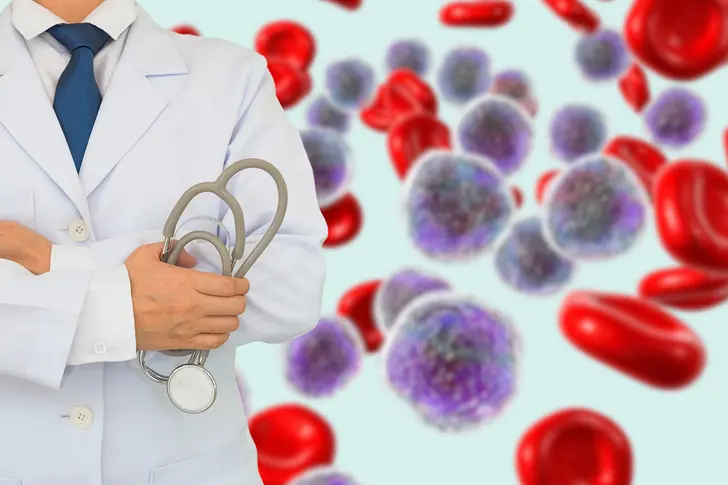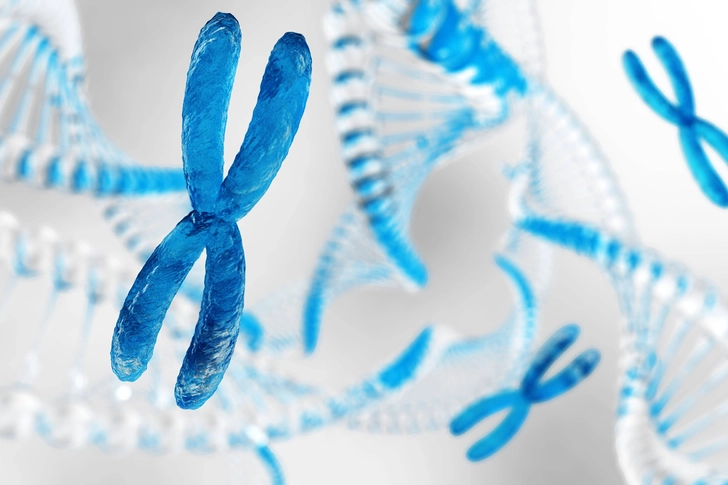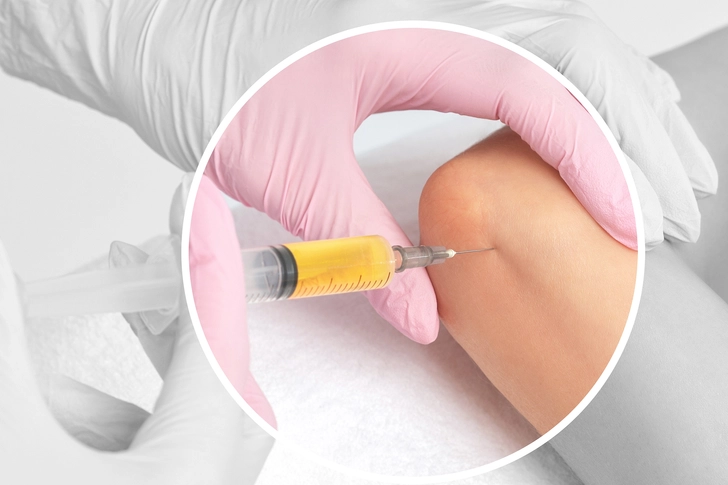What Is High-Risk Multiple Myeloma?


What Is High-Risk Multiple Myeloma?
High-risk multiple myeloma is a more aggressive form of blood cancer. About 1 in 4 people with multiple myeloma have this faster-growing type. Doctors identify it by looking for specific genetic changes and blood markers that show the cancer is likely to grow quickly or be harder to treat.

How Do Doctors Know It's High-Risk?
Doctors can tell if multiple myeloma is high-risk by finding:
- Missing pieces of chromosome 17
- Abnormal swapping of genetic material among chromosomes 4, 14, and 16
- High levels of certain proteins in your blood (beta-2-microglobulin, LDH)
- Low albumin (a common protein) in your blood

Treatment Goals
The main goal is to get rid of all detectable cancer cells in your body (called a "complete response"). Because high-risk myeloma can grow quickly, doctors usually recommend stronger treatments right from the start.

Common Medications
Doctors often use combinations of drugs that work in different ways:
- Bortezomib (Velcade): Blocks cancer cells from removing waste products, causing them to die
- Daratumumab: An antibody that targets a specific protein on myeloma cells
- Dexamethasone: A steroid that reduces inflammation and helps kill myeloma cells
- Lenalidomide (Revlimid): Helps your immune system fight the cancer and prevents cancer cells from growing

Stem Cell Transplants
For some patients, doctors recommend stem cell transplants to replace damaged bone marrow with healthy cells. This can help your body make normal blood cells again. Some patients may benefit from having two transplants back-to-back (called "tandem transplants"), which has been shown to help people live longer.
PHOTO CREDITS:
Slide 1: Yomal2233/Shutterstock
Slide 2: ustas7777777/Shutterstock
Slide 3: Andrei_RS/Shutterstock
Slide 4: Kim JinKwon/Shutterstock
Slide 5: dimid_86/Shutterstock
SOURCES:
UpToDate: "Multiple Myeloma Treatment (Beyond the Basics)," "Multiple Myeloma Initial Treatment."
American Cancer Society: "Multiple Myeloma Staging," "How Stem Cell and Bone Marrow Transplants Are Used to Treat Cancer."
American Society of Clinical Oncology Educational Book: "How to Treat High-Risk Myeloma at Diagnosis and Relapse."
Blood Cancer Journal: "High-Risk Disease in Newly Diagnosed Multiple Myeloma: Beyond the R-ISS and IMWG Definitions."
The Lancet Haematology: "High-risk myeloma: a challenge to define and to determine the optimal treatment."